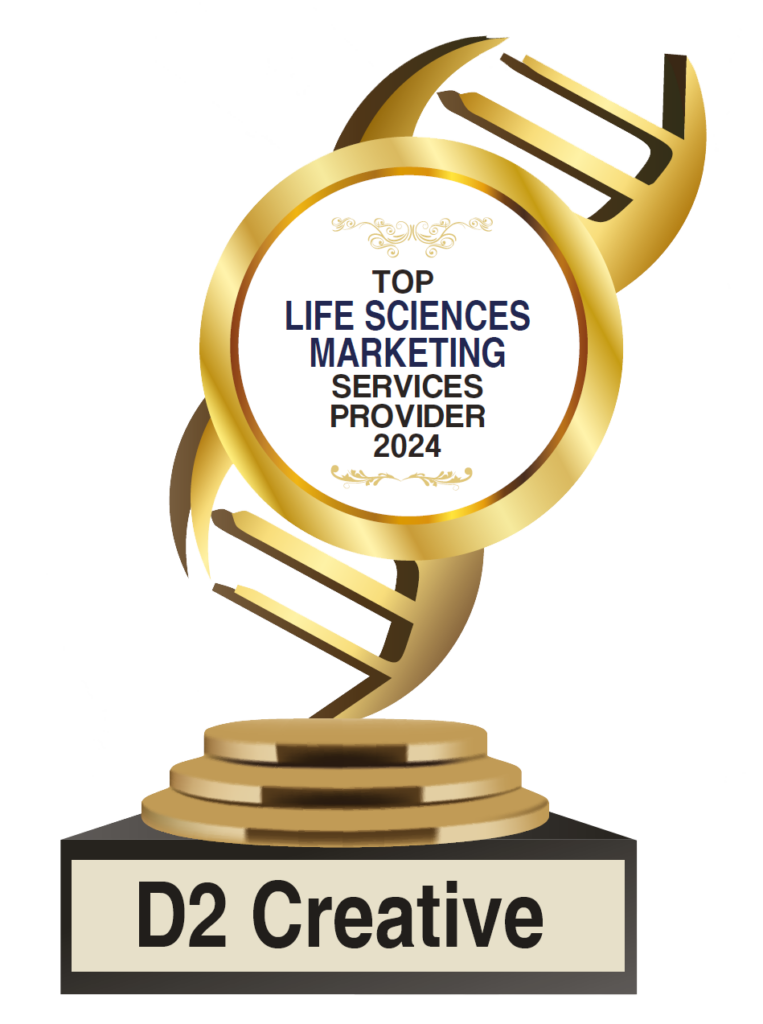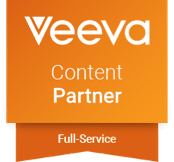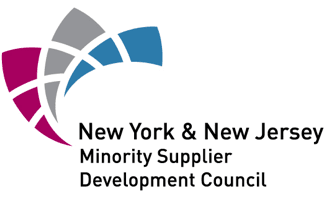Is Your Brand Making These Common Social Media Mistakes?
Navigating social media as a marketing tool can be a complex and ever-evolving task, and even the most skilled social media managers can face challenges along the way. We’ve identified some common areas where companies may struggle to effectively connect with their audience on social media and outlined them below.
Not Engaging with Your Community
Too many marketers neglect the social part of social media, treating it as just another sales channel rather than a place to connect with their audience. This kind of thinking leads social media managers to ignore comments and questions, missing opportunities to participate in relevant conversations. When you don’t engage with your followers, it makes your brand seem cold and uninterested in them, which keeps you from making real connections

Ignoring the Potential of User-Generated Content (UGC)
If your brand isn’t tapping into UGC, it could be missing out on chances to foster higher trust and engagement. Need proof? Just look at companies like GoPro. In 2018, they took a chance on UGC by not just posting people’s GoPro-recorded clips to their own social media accounts, but giving the best submissions a chance to win money. With over 20 million new Instagram followers and a pipeline to easily supplement in-house content with high-quality videos from their users, their gamble quickly became a prime example of the power of UGC.
Focusing Too Much on Sales
Something we as digital marketers notice frequently is when accounts focus too much on sales. People can easily recognize content that’s trying to sell them something, and they will quickly tune you out if that’s all you give them. Instead, try to balance sales-focused posts with content that’s relevant and interesting to your followers. Providing value to your followers by sharing helpful information, tips, advice, and even humor makes your social media presence more enticing to follow, which, in turn, has a strong potential to lead to influencing sales.
Not Optimizing to Your Platform and Audience
It’s important to remember social media strategies aren’t one-size-fits-all. You have to remain aware of the audience you’re trying to reach and the etiquette for each platform in order to make a real impact. For example, on X (formerly Twitter), people expect short, to-the-point updates, while Instagram is a visual-first platform where users engage with longer posts, including lengthy reels, carousels, and post captions.
Many company and brand accounts also tend to ignore or underuse powerful tools like Instagram Reels or LinkedIn Articles. Branching out into these less static forms of posting gives you new avenues to reach your audience. For regular updates on platform best practices, you can follow D2 Creative on LinkedIn. Our #D2KnowsLinkedIn series has received positive reviews from LinkedIn’s very own LinkedIn for Marketing consultants, and it has helped deliver actionable platform insights to marketers everywhere.
If you’re not sure what type of content is best for your channel on any given platform, check out our Social Media Content Cheat Sheet. This high-level outline provides insights to help guide your content on the largest platforms for social media marketing. Not sure which platforms to focus your efforts on? Our Social Media Platform Strengths and Weaknesses Cheat Sheet breaks down each platform’s pros and cons to help you decide which might best suit your brand’s goals.
We know that identifying the right platforms for your business can be even more challenging for life science and medical device companies. Our latest whitepaper outlines the process of establishing and growing a social media presence for med-tech companies as it explains where customers are and how they can be engaged effectively. You can download it here.
Basing Strategies on Instinct, not Performance
Too many marketers base strategies on what feels right, rather than what’s proven to work. From engagement statistics to follower demographics, social media sites readily provide profile owners with in-depth data on how and why posts perform—so use it! This means tracking your results and using them to determine what’s working and what isn’t so you can make informed decisions about your social media marketing. By ignoring this data, you put yourself at risk of wasting time and money on ineffective strategies.
Not Being Prepared for Emergencies
Accidents happen to everyone, but they can become a bigger issue if hundreds or thousands of people see them. Something we come across far too often is companies not having procedures or trained staff ready to deal with poorly received posts or viral negative comments. These issues can lead to PR nightmares that only get worse as they’re ignored or handled improperly.
Tips for Success
Social media marketing can be a powerful tool for businesses to connect with their audience and build brand awareness, but it requires careful consideration and execution. To avoid these pitfalls and create an effective social media strategy, it’s essential to prioritize engagement and build real connections with your audience. This means responding to comments and questions, sharing valuable content that resonates with your followers, and keeping on top of the norms and opportunities unique to each platform.
Regularly analyzing performance data and post reception to adjust strategies accordingly is also key. Most social platforms provide a wealth of analytics themselves, but if you want to go the extra mile, you can get even more in-depth data into what people are saying about your brand by using a social listening tool such as Mention. Collecting this data can help you narrow down post content to what really works and ensure that you’re getting the most out of your social media efforts.
Lastly, remember that authenticity is key. Stay true to your brand voice and values, and don’t try to force a particular social media persona that doesn’t align with who you are as a company. With these tips in mind, social media managers can overcome common challenges and create a successful social media presence that connects with their audience and drives business results.




